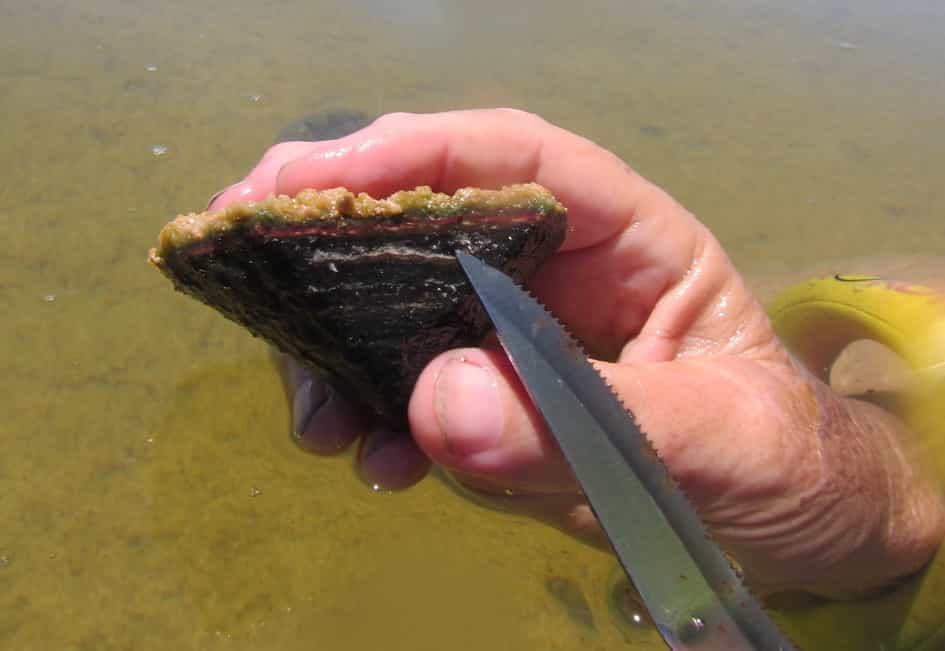In July 2019, Jamie Foster, University of Florida, and Pamela Reid (University of Miami) used a new DNA sequencing technique called Nanopore MinION sequencing to examine microbial mats in salt ponds on Little Darby Island. This innovative technology enables researchers to rapidly access microbial communities over time and space to create biological snapshots of the genomes of the microbes living in these communities. Nanopore sequencing has recently emerged as a versatile methodology that can be applied to a diverse range of research areas. MinION DNA sequencers are small, about the size of a cell phone and can be used in the field to sequence the DNA of a sample. They have even been used aboard the International Space Station. These versatile instruments are so effective because they have thousands of “pores”, or specialized proteins, in which the DNA passes through. As the DNA passes through these active “pores”, the different components of the genomic DNA (known as ATGC) cause different electrical signals that are interpreted by an attached computer. The electrical currents are then converted into a distinctive DNA sequence. Another feature of the nanopore sequencers is as genomic DNA is loaded onto the nanopore sequencer, graphical visualization of the all DNA present can be generated in real-time, enabling a rapid analysis of microbes. Sequencing and analysis of Little Darby salt pond microbes will provide insight into how these communities form and how they are impacted during environmental disturbances, such as hurricanes.
Blog by Whitney Feak, Microbiology and Cell Science, University of Florida




